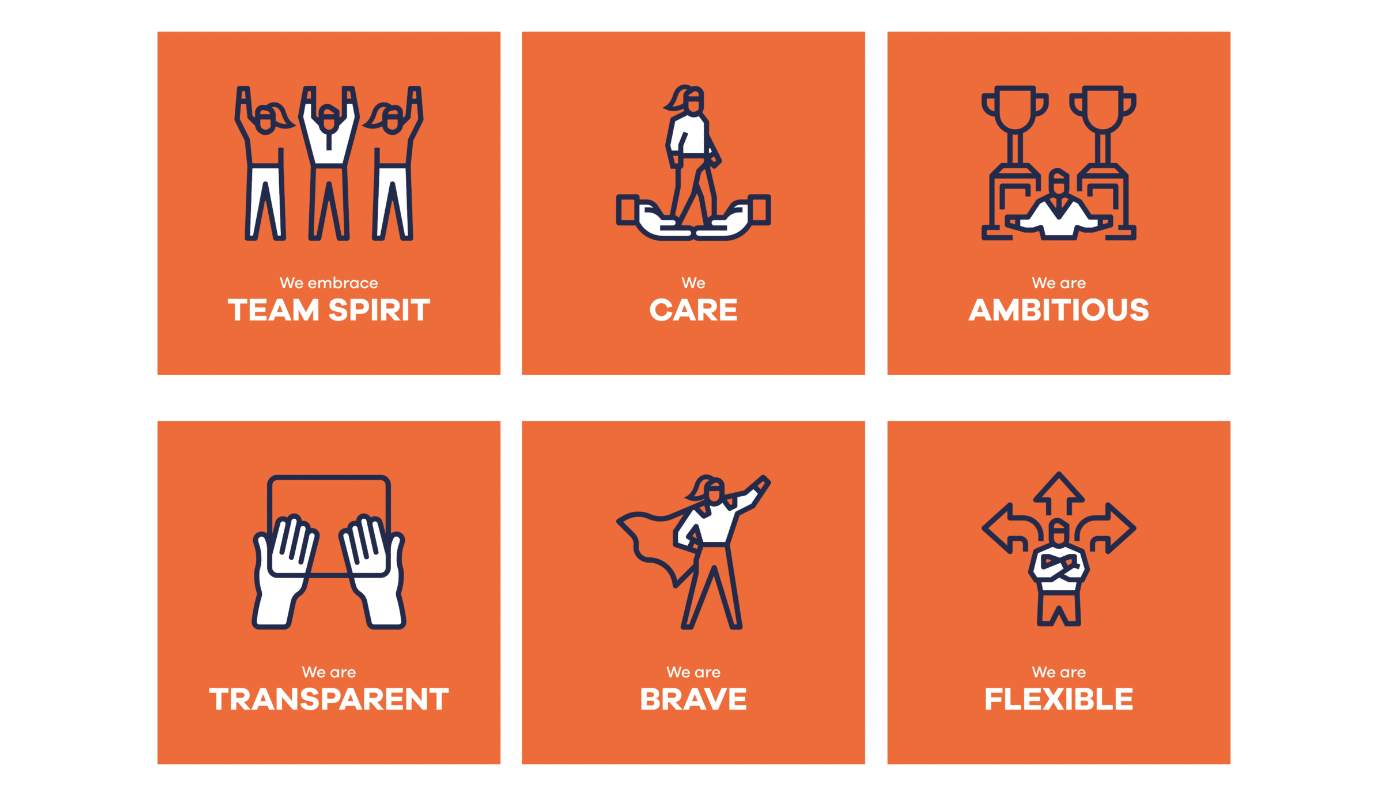Overcome these common L&D mistakes and get the best out of your team! Today, learning and development are becoming increasingly important for millennials hunting for a new job. And they are a force to be reckoned with! According to research by ManpowerGroup, millennials and Gen Z made up as much as 35% and
11 April 2022 – Learning & Development

Overcome these common L&D mistakes and get the best out of your team!
Today, learning and development are becoming increasingly crucial for millennials hunting for a new job. And they are a force to be reckoned with! According to research by ManpowerGroup, millennials and Gen Z made up as much as 35% and 24% of the global workforce in 2020.
This means no more excuses to ignore this group and their L&D needs! But how can you make sure that you, as a company, give your team what they want/need? Fear not; we’ll walk you through it step by step in this blog article. We’ve gathered the best tips and tricks to avoid 3 common L&D mistakes. Let’s dive in!
Common L&D mistakes #1: One size fits all

One of the most common L&D mistakes is to think that one size fits all, while the opposite is true! For training to be effective, it must be personal and engaging. If your learning content only speaks to a small proportion of your workforce, chances are you’ll never reach real change within your company culture or your team’s behaviour.
Saying that people are different is merely stating the obvious. But this also means that everyone learns in different ways. What works great for person A may not work for person B. Whether you work in retail, healthcare, construction, or insurance, no two employees will pick up info precisely the same way.
The good news is, however: Not everything works for everyone, but for everyone, something works! 🙂
It’s important to remember this when you’re designing your training material. Make sure you vary in the learning techniques you use so there is something in there for everyone, and everyone has an equal chance to learn. Keep in mind that there are different types of learners:
- Visual: they learn by watching and benefit from written info, images, graphs, timelines, and videos…
- Auditory: they memorize info by hearing and benefit from verbal info, spoken instructions, and audio messages…
- Kinesthetic: they learn by doing and benefit from practical examples, lifelike scenarios, simulations, and role-playing games…
Common L&D mistakes #2: Just a tick-the-box exercise

What other L&D mistakes should you try to avoid?
First, you should know that learning and development is not just a tick-the-box exercise. It’s more than that! Make sure your training is not only personal and engaging but also relevant. You might think: “How can I ensure my training is relevant to my people?” Easy! By identifying knowledge and skill gaps within your team/company. You can do this by asking yourself the following questions…
On a team/company level:
- What are your goals as a company?
- What are your KPIs?
Then, identify the knowledge and skills your team needs to achieve these goals and KPIs.
On an individual level:
- You can assess your people, as they are a great tool to pinpoint areas of improvement.
- Or you can ask your employees! They often know best what they need to improve on.
Common L&D mistakes #3: One and done

Finally, if you want to avoid more L&D mistakes, don’t go for the “one and done”-approach! If you’re a learning professional, you’ve probably heard of the ‘Forgetting curve’ by the German psychologist Hermann Ebbinghaus. His model shows how quickly we forget information if we don’t actively try to repeat it regularly. This brings us to the important concept of repetition. Remember that repetition is THE big, shiny key to real learning! (For more information on how people learn, you can read our eBook)
And under the motto “practice what you preach”, let’s recap the 3 common L&D mistakes we just discussed and how you can overcome them in the future:
- One size does not fit all: try to include different learning styles in your training because not everything works for everyone, but for everyone, something works!
- L&D should be more than a tick-the-box exercise: provide relevant training by identifying the knowledge and skill gaps within your team/company.
- “One and done” is not a successful L&D approach: real learning is all about repetition, repetition, repetition!
Sounds like a plan? Great! Then no more L&D mistakes for you, my friend!






